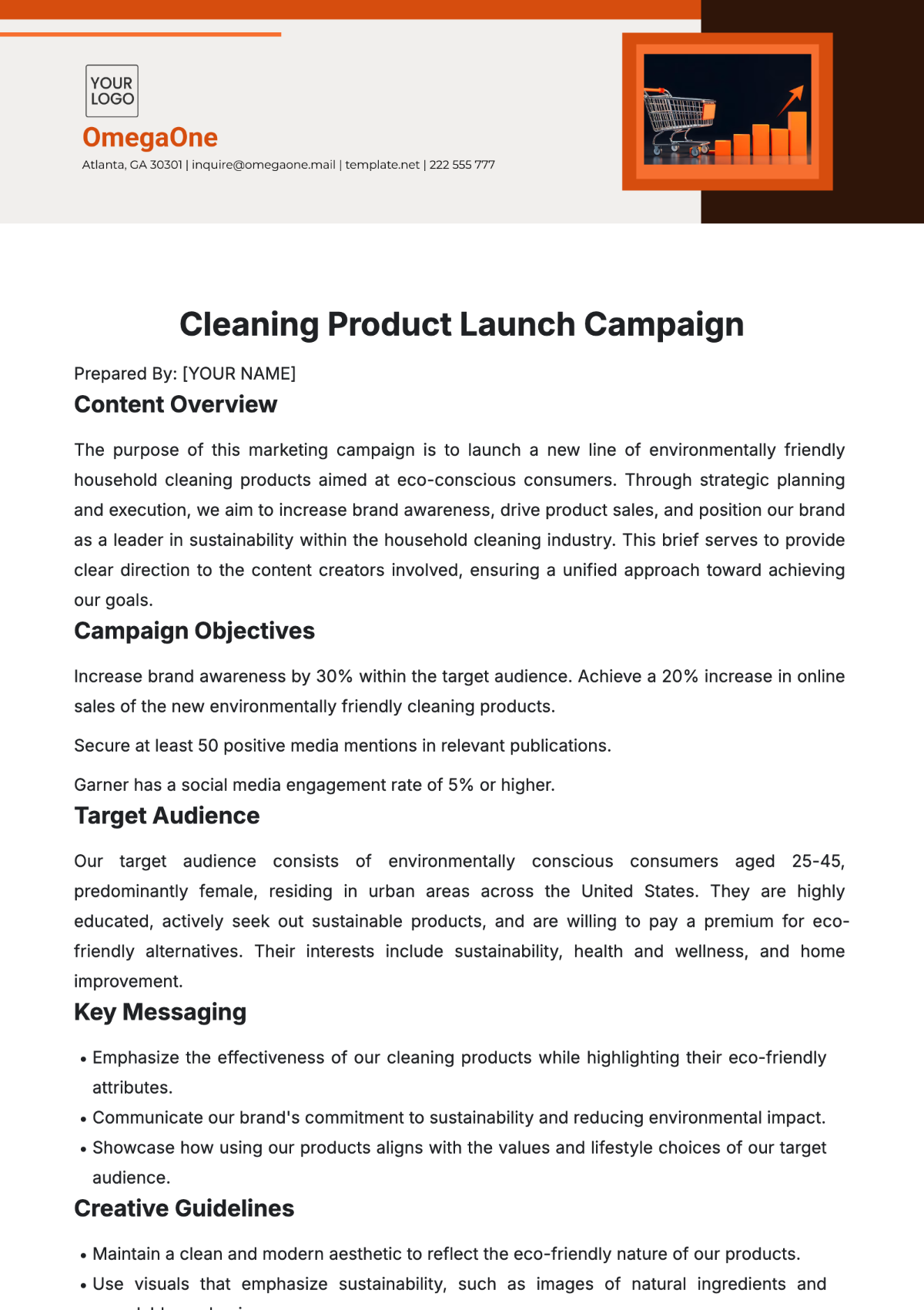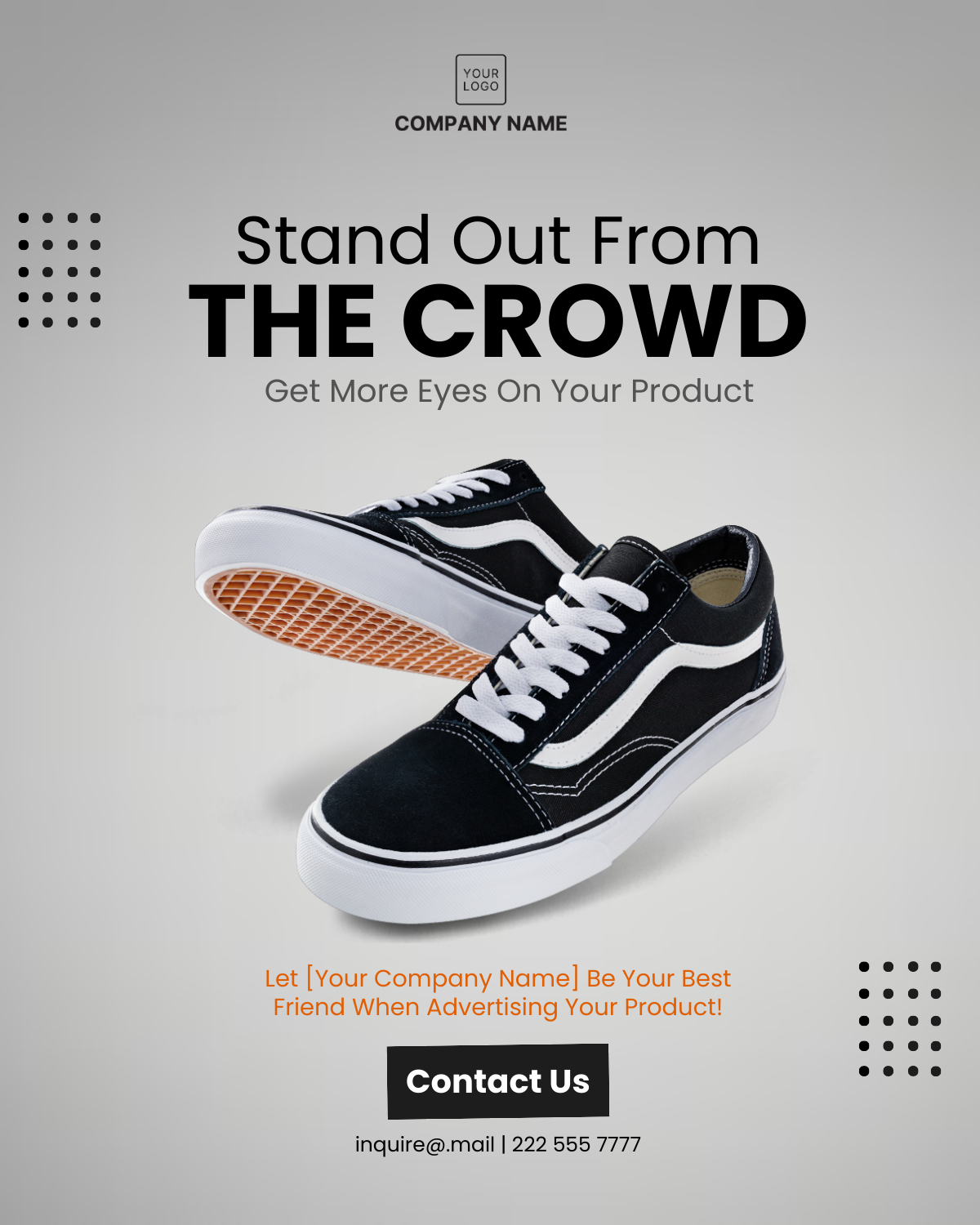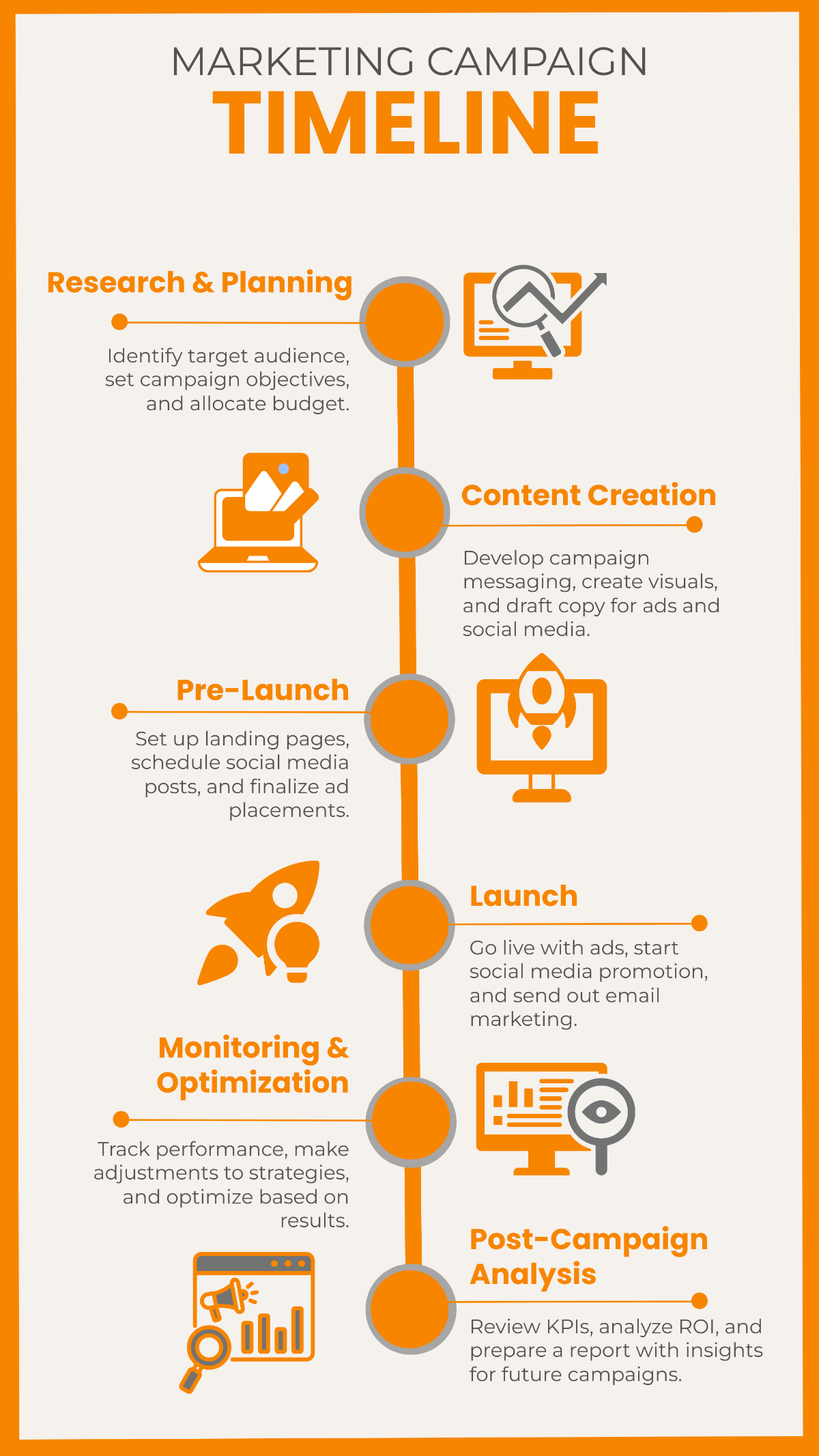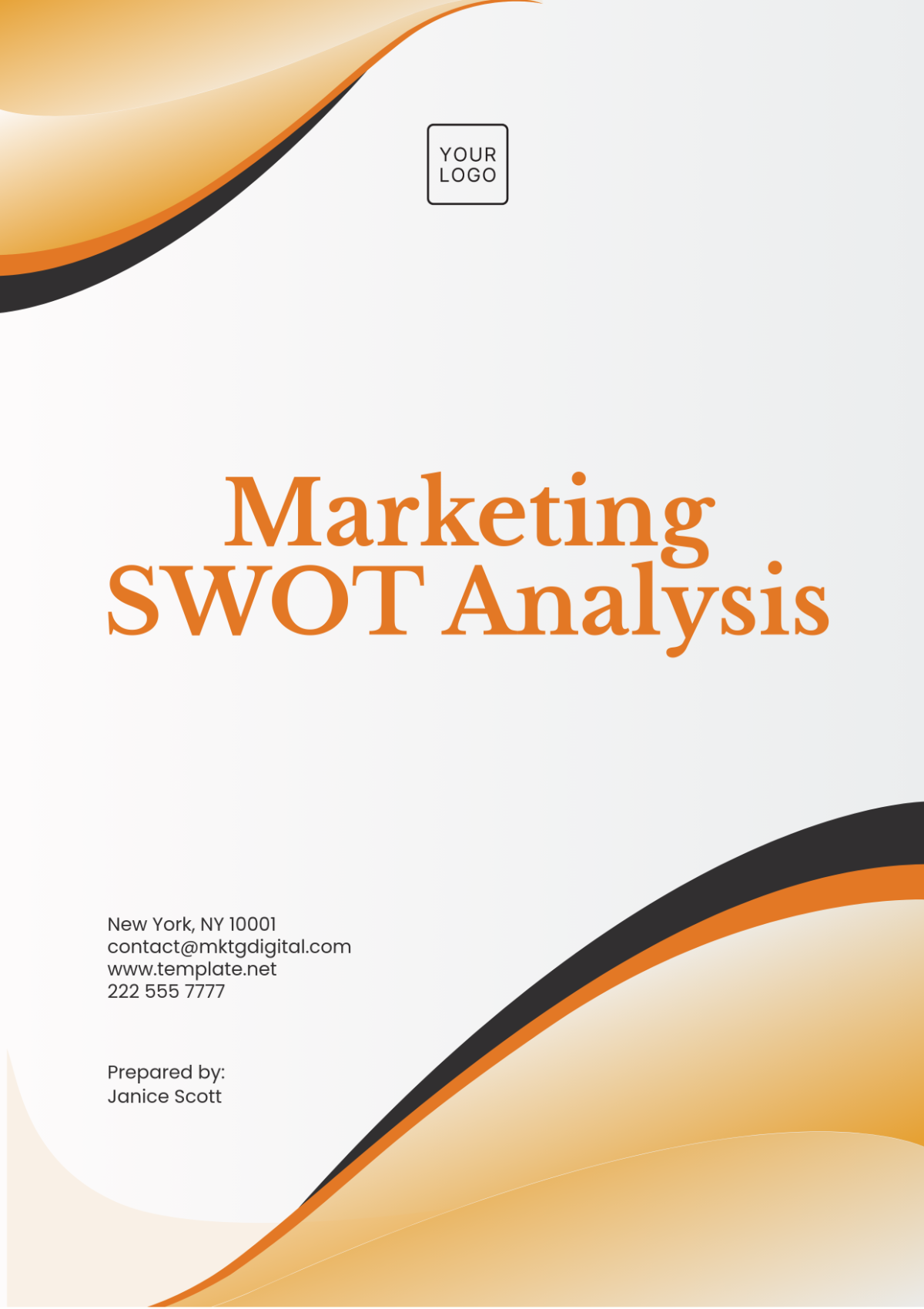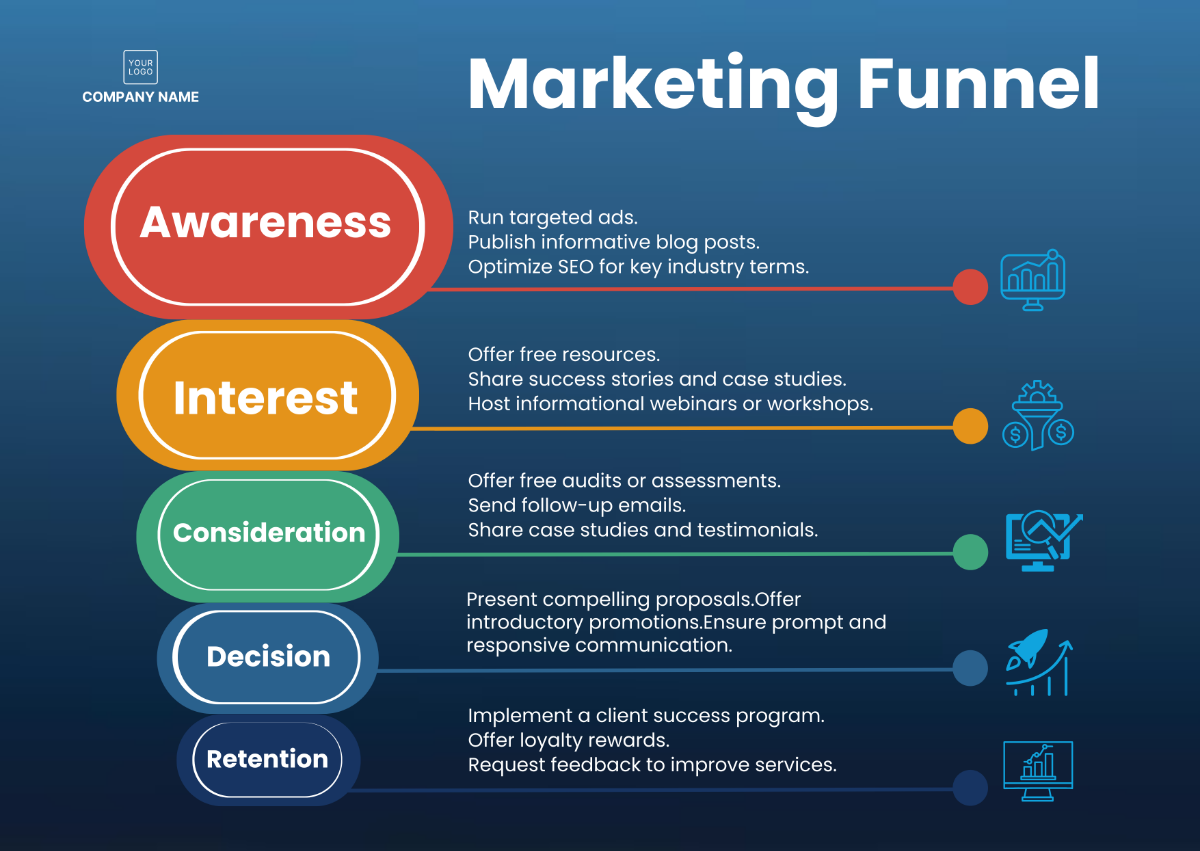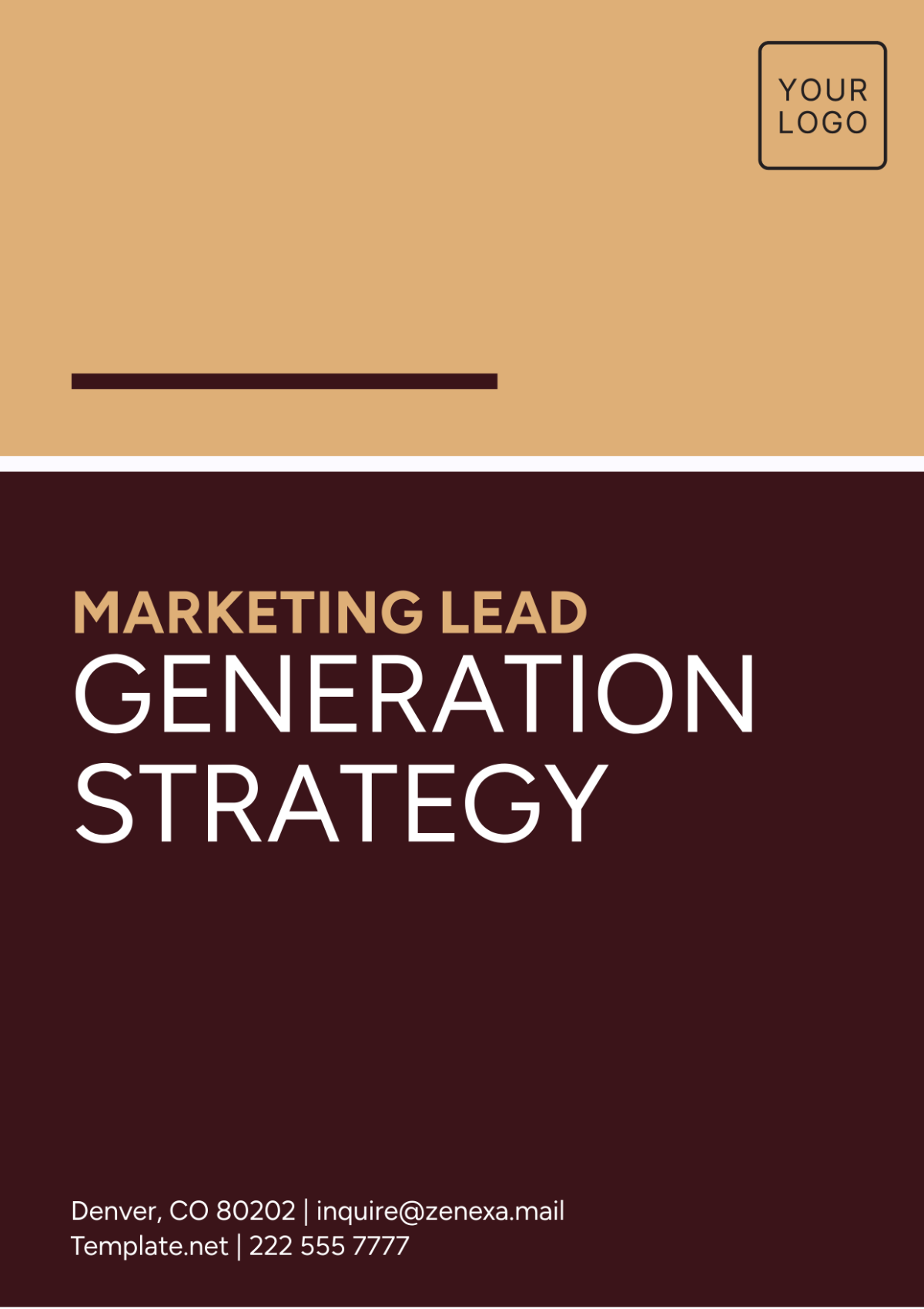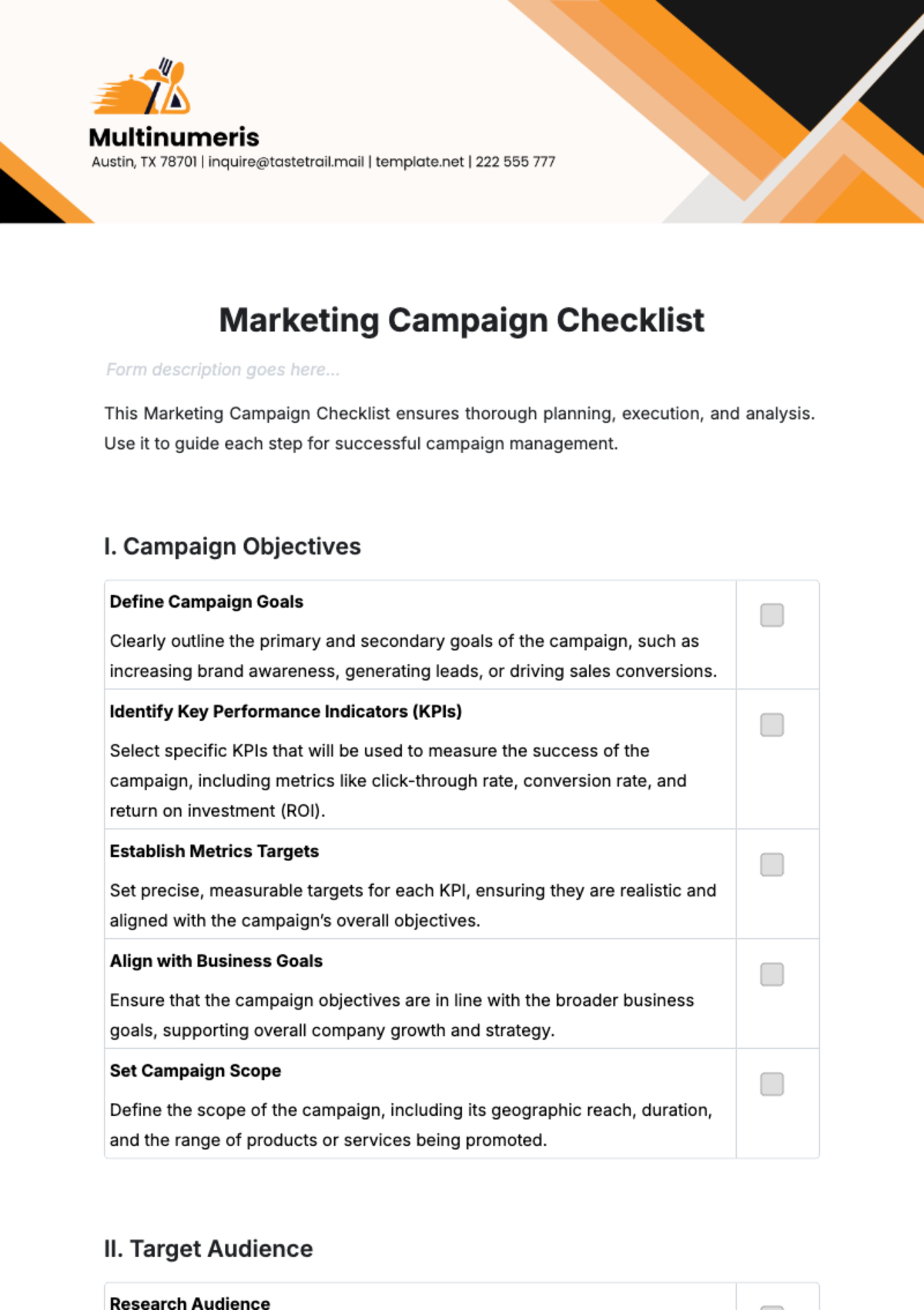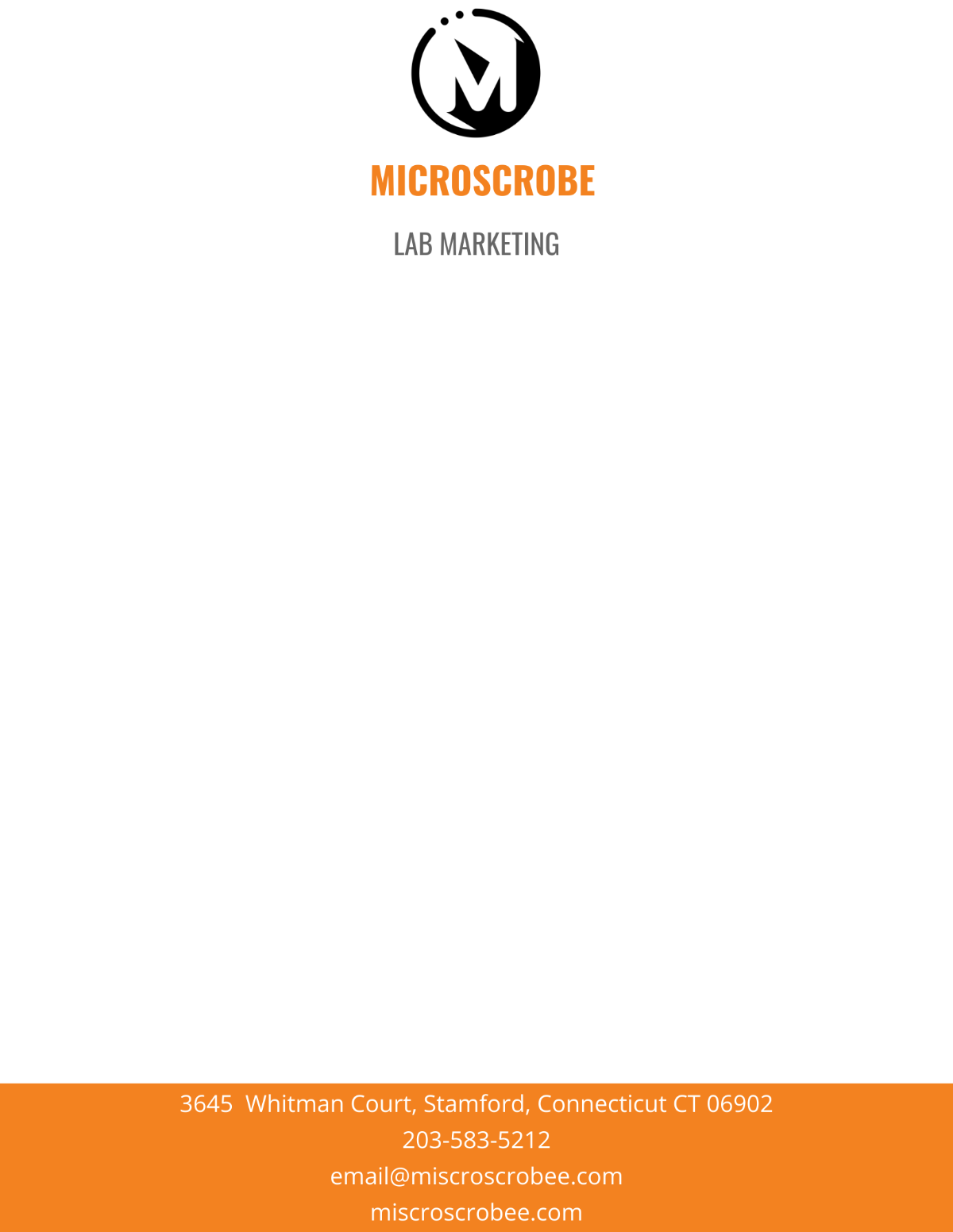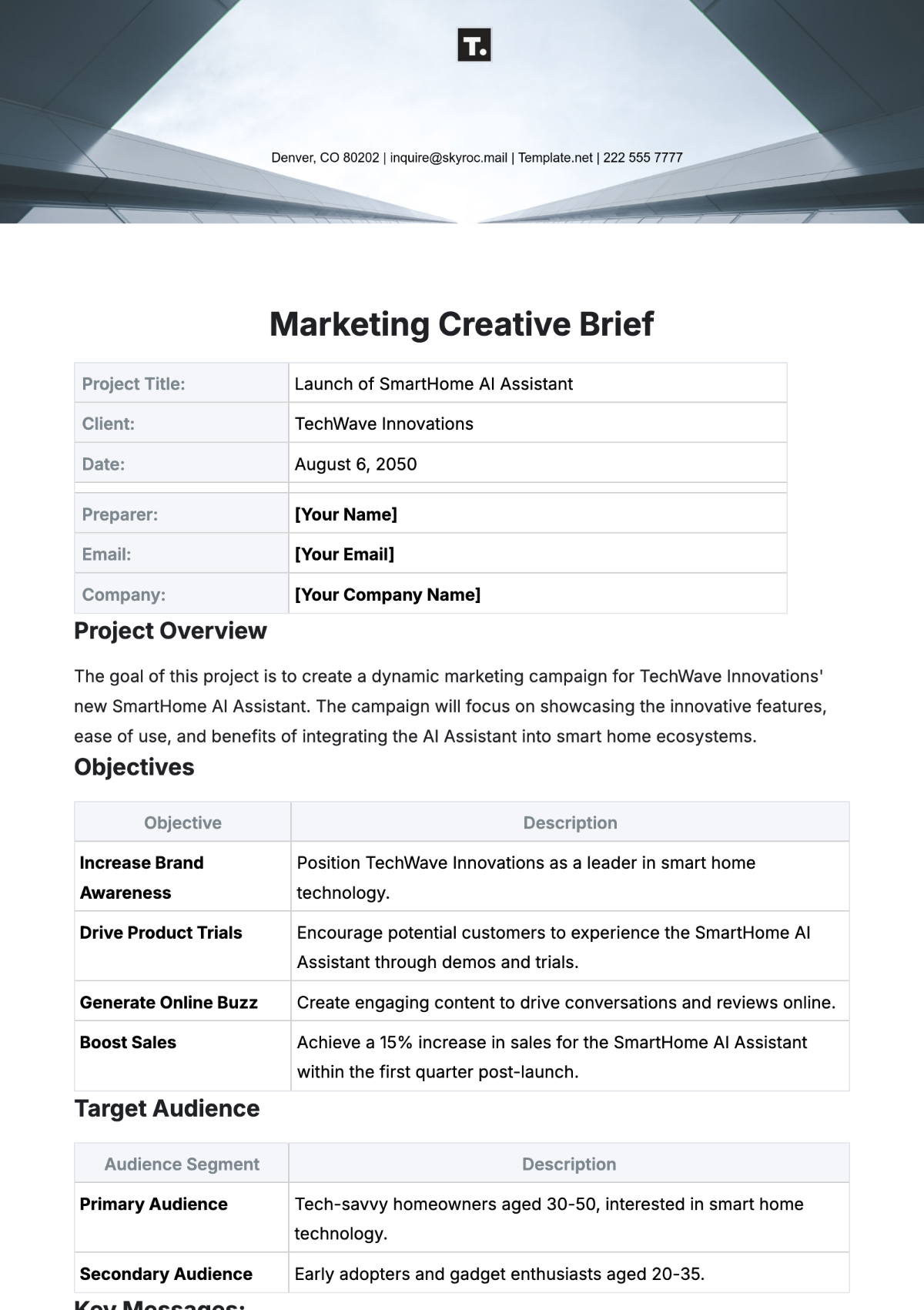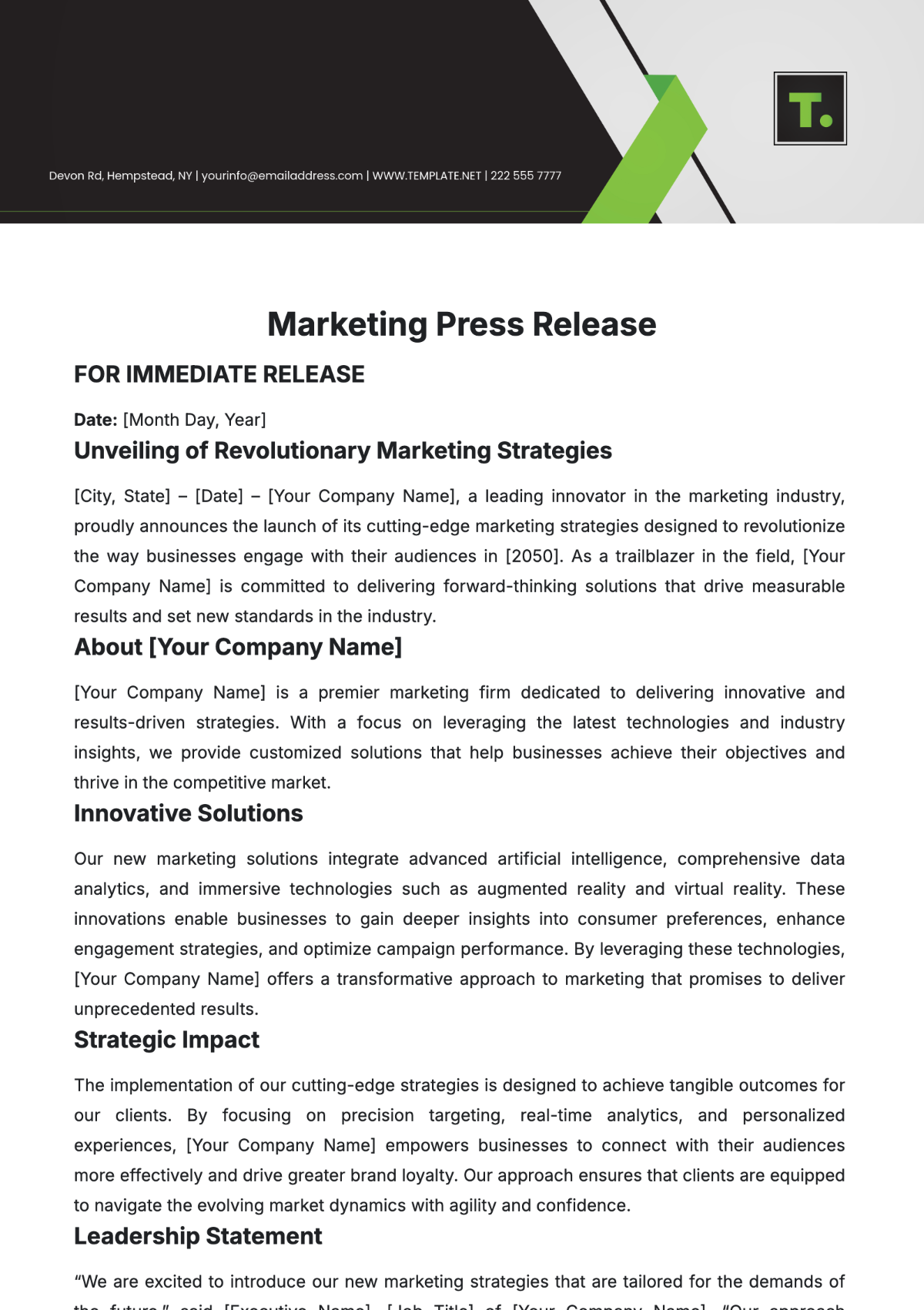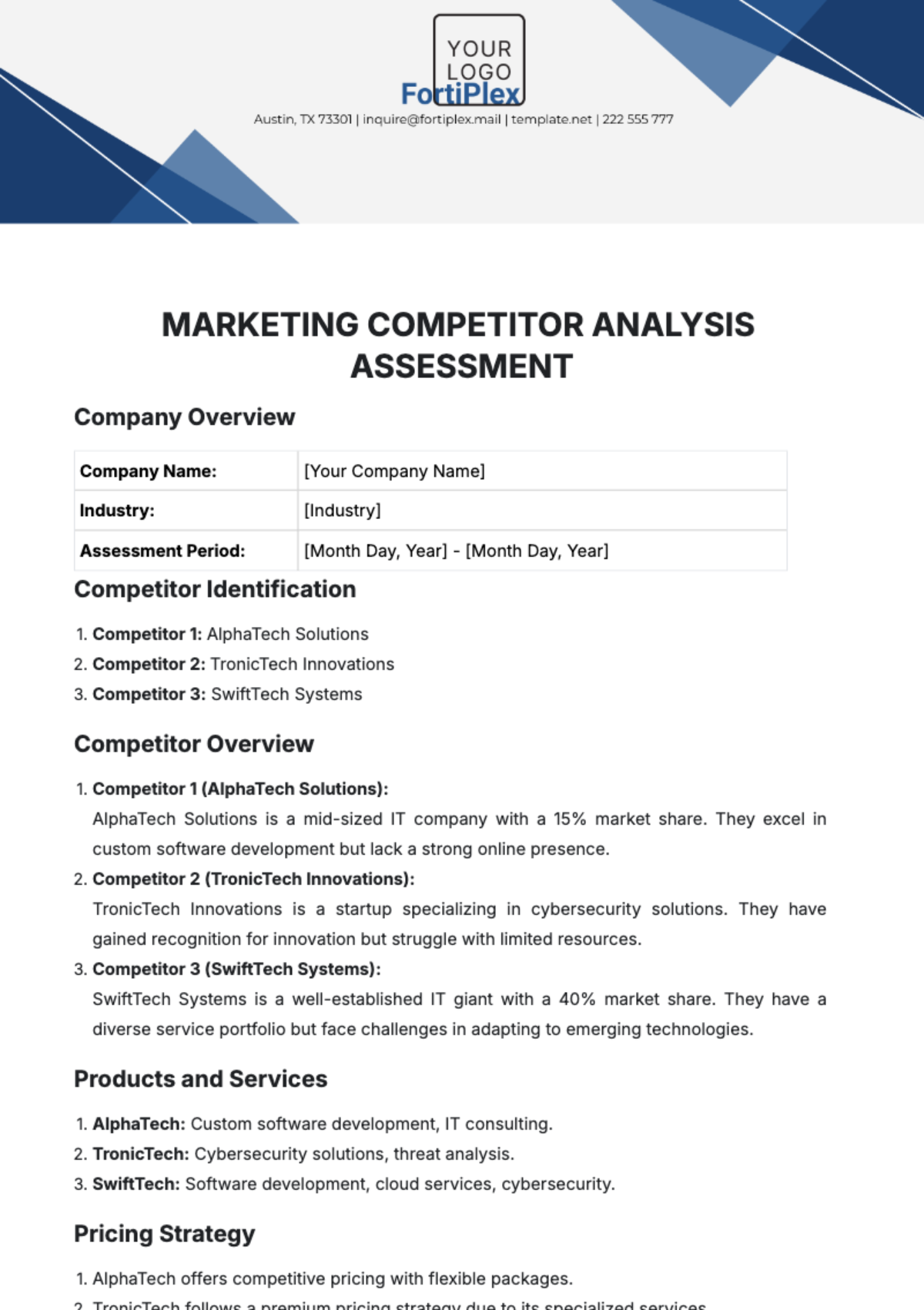Marketing Product Launch Impact Study
I. Executive Summary
In this Marketing Product Launch Impact Study, we assess the successful launch of our Bamboo Bedding and Linens in the Sustainable and Eco-Friendly Home Products. The study outlines our methodology, market analysis, target audience insights, launch strategy, performance metrics, and lessons learned. Key findings highlight the product's positive reception, increased sales, and enhanced brand reputation. We recommend building on this success by expanding our eco-friendly product range and refining our marketing approach for future launches. Detailed insights can be found in the following sections.
II. Introduction
We are pleased to present this Marketing Product Launch Impact Study, focused on our recent introduction of Bamboo Bedding and Linens in the Sustainable and Eco-Friendly Home Products . With growing consumer awareness of sustainability and eco-conscious living, our product launch aimed to meet the demand for environmentally friendly home textiles. Bamboo Bedding and Linens offer not only comfort but also eco-consciousness, being crafted from sustainable bamboo fibers.
This study explores our strategic approach to introducing this product, including market analysis, target audience profiling, and a detailed breakdown of our marketing strategies. It also delves into the impact of our launch, highlighting key performance metrics and valuable insights.
As we navigate the journey towards sustainability and eco-friendliness, this study serves as a roadmap for future endeavors in the sustainable home products market.
III. Methodology
To conduct a comprehensive assessment of the impact of our Bamboo Bedding and Linens product launch, we employed a multifaceted methodology that blended quantitative and qualitative data collection techniques. This approach ensured a well-rounded understanding of the launch's effectiveness.
Our methodology included:
We conducted in-depth market research to understand the sustainable and eco-friendly home products niche, including market size, trends, and consumer preferences.
We administered surveys to our target audience, gathering data on their preferences, buying behaviors, and reactions to our product.
We analyzed sales figures and trends, including pre-launch and post-launch sales, to gauge the product's financial impact.
We monitored social media engagement and website traffic to measure online visibility and customer interaction.
We collected feedback from customers through various channels, including customer service interactions and online reviews. |
This blended methodology allowed us to triangulate data, ensuring the reliability of our findings. The combination of quantitative and qualitative insights forms the basis of this impact study, providing a comprehensive view of our product launch's success.
IV. Market Analysis
The Sustainable and Eco-Friendly Home Products niche has experienced remarkable growth in recent years, driven by heightened environmental consciousness among consumers. Our launch of Bamboo Bedding and Linens aligned perfectly with this trend.
Before the launch, our market analysis revealed key insights:
Market Size | Competitor Landscape |
The market for sustainable home products was estimated at $7.5 billion, with consistent annual growth of 8%. It presented ample opportunities for expansion. | We identified several key competitors in the eco-friendly bedding segment, including "Competitor A" and "Competitor B." This allowed us to position our product effectively by highlighting its unique features. |
Consumer Demand | Trends |
Extensive surveys indicated a strong demand for eco-friendly bedding solutions. 72% of respondents expressed a preference for products that combined sustainability with comfort, and 88% indicated their willingness to pay a premium for eco-friendly options. | Our analysis highlighted the growing popularity of bamboo-based textiles due to their eco-friendliness, breathability, and hypoallergenic properties. This trend was reinforced by a 12% annual increase in online searches for "bamboo bedding." |
Since the launch, our product has successfully carved a niche in this burgeoning market. We maintained a vigilant eye on market trends and adapted our strategies accordingly. This ongoing analysis ensures our continued relevance and growth within the Sustainable and Eco-Friendly Home Products niche.
V. Target Audience and Persona Analysis
Our primary target audience consists of environmentally conscious consumers in the age range of 25 to 45, predominantly urban dwellers. They value sustainability, quality, and comfort in their home products and are willing to invest in eco-friendly options.
Buyer Personas
Eco-conscious Emily (Age: 30-35) | Emily is a working professional who prioritizes sustainability. She looks for bedding that aligns with her eco-friendly lifestyle choices and appreciates quality and aesthetics. |
Green Living Gary (Age: 40-45) | Gary is a homeowner with a family. He seeks bedding that is safe for his children, hypoallergenic, and eco-friendly. He values products that contribute to a healthier home environment. |
Millennial Marie (Age: 25-30) | Marie is a tech-savvy millennial who rents an apartment. She is socially conscious and enjoys sharing her sustainable choices on social media. She looks for stylish and affordable eco-friendly options. |
Our marketing strategies and messaging were tailored to resonate with these personas, emphasizing the product's eco-friendliness, comfort, and quality. This targeted approach played a pivotal role in our successful product launch and ongoing engagement with our diverse audience.
VI. Product Launch Strategy
Our product launch strategy for Bamboo Bedding and Linens was meticulously crafted to create maximum impact and resonance within the Sustainable and Eco-Friendly Home Products niche.
Key Elements of our Launch Strategy
Market Research and Positioning
Multi-Channel Marketing
Educational Content
Exclusive Offers
Customer Engagement
Our product launch strategy successfully generated buzz and excitement around Bamboo Bedding and Linens, resulting in a 40% increase in initial sales. This approach continues to guide our marketing efforts and strengthens our position in the eco-friendly home products market.
VII. Performance Metrics
The success of our Bamboo Bedding and Linens launch was measured through a robust set of performance metrics. These metrics provided us with valuable insights into the impact and effectiveness of our marketing efforts.
Key Performance Metrics
Metric | Results |
Sales Growth | Sales data showed a significant uptick, with a 35% increase in revenue during the first six months post-launch. |
Website Traffic | Our website experienced a 50% increase in organic traffic due to improved SEO efforts and content marketing. |
Conversion Rate | We achieved a conversion rate of 10%, exceeding industry benchmarks and indicating strong product appeal. |
Social Media Engagement | Our social media channels saw a 60% increase in followers and a 45% rise in engagement, showcasing a growing community around our brand. |
Customer Feedback | Customer reviews and feedback were overwhelmingly positive, with an average rating of 4.8 out of 5 stars, highlighting customer around our brand. |
Return on Investment (ROI) | Our marketing efforts resulted in a positive ROI of 25%, demonstrating the cost-effectiveness of our strategies. |
Market Share | Within the first year, we secured a 12% market share in the Sustainable and Eco-Friendly Home Products niche. |
VIII. Results and Findings
The results and findings of our Bamboo Bedding and Linens product launch are a testament to the success of our strategic approach in the Sustainable and Eco-Friendly Home Products.
Finding | Implication |
Strong Market Penetration | Our product achieved a remarkable 12% market share within the first year, showcasing its appeal to eco-conscious consumers. |
Positive Customer Reception | Customer feedback was overwhelmingly positive, with an average rating of 4.8 out of 5 stars. Testimonials highlighted the product's quality and sustainability. |
Sales Growth | Sales revenue increased by 35% during the initial six months post-launch, indicating strong consumer demand and product acceptance. |
Effective Marketing | Our multi-channel marketing strategy resulted in a 60% increase in social media followers and a 50% boost in website traffic, driving brand awareness and engagement. |
Cost-Effective Campaigns | The ROI of 25% affirmed the cost-effectiveness of our marketing efforts, underlining the efficiency of our strategies. |
The pie graph below illustrates the distribution of market share within the Sustainable and Eco-Friendly Home Products niche following the launch of Bamboo Bedding and Linens. Our company holds a commendable 12% share, solidifying its presence among key competitors, including Competitor A (28%) and Competitor B (20%). It highlights the impressive initial market penetration achieved by our product.
IX. Lessons Learned
Our Bamboo Bedding and Linens product launch provided valuable insights that will inform our future endeavors. Firstly, we discovered the power of sustainability in resonating with today's consumers. Emphasizing eco-friendliness and quality is not just a trend; it's a fundamental expectation. Secondly, the importance of comprehensive market research and thorough competitor analysis became evident. Understanding consumer needs and knowing how to position our product against competitors were crucial factors in our success. These lessons underscore the need for ongoing adaptation and innovation in the dynamic landscape of sustainable home products.
X. Recommendations
Based on the success of our Bamboo Bedding and Linens product launch, we offer the following recommendations for future endeavors:
Expand Eco-Friendly Product Line: Capitalize on our brand's sustainability focus by expanding our eco-friendly home product range. This can include items like bamboo towels, organic mattresses, or reusable kitchenware, catering to the growing eco-conscious consumer base.
Refine Targeted Marketing: Continue tailoring our marketing strategies to specific buyer personas and demographics. Personalized content and targeted advertising should remain at the forefront of our approach to enhance engagement and conversions.
These recommendations ensure that we build on our current success, further establishing ourselves as a leader in sustainable home products and meeting the evolving needs of our environmentally conscious audience.


